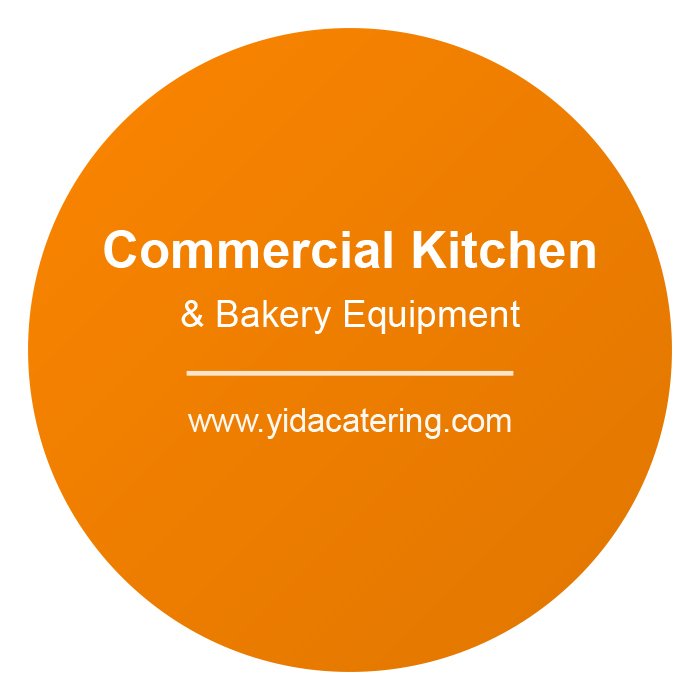As your business grows, so do the demands on your operations. What once worked when you were fulfilling a handful of orders manually may no longer be sufficient as you scale. One of the most critical areas where businesses often feel the pinch is in packaging. Efficient, consistent, and scalable packaging processes are essential to meeting customer expectations and maintaining profitability. Transitioning from manual to automatic packaging solutions can be a game-changer for your business.
In this blog post, we’ll explore why upgrading your packaging equipment is vital for scaling your operations, the benefits of automation, and how to choose the right equipment for your needs.
Why Manual Packaging Can Hold You Back
When businesses first start, manual packaging is often the go-to solution. It’s cost-effective, requires minimal setup, and allows for a hands-on approach to quality control. However, as order volumes increase, manual processes can quickly become inefficient and unsustainable.
Here are some common challenges businesses face with manual packaging:
- Time-Consuming: Manually packing products takes significantly longer, which can lead to bottlenecks in your production line.
- Inconsistent Quality: Human error can result in inconsistent packaging, which may affect your brand image and customer satisfaction.
- Labor Costs: As demand grows, you may need to hire more employees to meet packaging needs, increasing overhead costs.
- Limited Scalability: Manual processes lack the flexibility to adapt to sudden spikes in demand or long-term growth.
Automation offers a solution to these challenges, enabling businesses to streamline their operations and focus on growth.
The Benefits of Automated Packaging Equipment
Investing in automated packaging equipment can transform your business in several ways:
1. Increased Efficiency
Automated systems can operate at speeds far beyond what manual labor can achieve. This allows you to process more orders in less time, ensuring faster turnaround and improved customer satisfaction.
2. Consistency and Quality Control
Automated equipment delivers uniform results every time. Whether it’s sealing, labeling, or filling, automation minimizes errors and ensures that every package meets your quality standards.
3. Cost Savings Over Time
While the initial investment in automated equipment may seem significant, it pays off in the long run. By reducing labor costs and minimizing waste due to errors, automation helps lower operational expenses.
4. Scalability
Automated systems are designed to handle higher volumes, making it easier for your business to scale without overhauling your processes. Many machines are also modular or customizable, allowing you to adapt them as your needs evolve.
5. Improved Employee Productivity
By automating repetitive tasks, you free up your team to focus on higher-value activities such as customer service, product development, or marketing initiatives.
Choosing the Right Packaging Equipment
Transitioning to automated packaging equipment is not a one-size-fits-all process. The right solution depends on your industry, product type, and business goals. Here are some key factors to consider when selecting equipment:
1. Your Packaging Needs
Start by analyzing your current packaging process. What tasks take the most time? Are there specific areas where errors frequently occur? Understanding your pain points will help you identify which type of equipment will have the greatest impact.
2. Product Type and Volume
Different products require different packaging solutions. For example:
- Liquids may require filling machines with precise volume controls.
- Fragile items may benefit from automated cushioning or wrapping systems.
- High-volume operations may need conveyor belts integrated with sealing or labeling machines.
3. Budget and ROI
While automation requires upfront investment, consider the long-term return on investment (ROI). Calculate potential savings in labor costs, reduced waste, and increased output to determine whether the expense is justified.
4. Ease of Integration
Look for equipment that integrates seamlessly with your existing operations. Modular systems or equipment with flexible settings can make implementation smoother and reduce downtime during the transition period.
5. Future Growth Plans
Choose equipment that can grow with your business. Scalable solutions or machines with upgrade options will save you from having to reinvest as your needs expand.
Partnering with Experts
Navigating the world of packaging equipment can be overwhelming, especially with so many options available on the market. Partnering with a trusted supplier or consultant can simplify the process. These experts can assess your unique requirements and recommend tailored solutions that align with your goals and budget.
Final Thoughts
Scaling a business requires more than just increasing production; it demands smarter, more efficient processes across every department—including packaging. Transitioning from manual to automated packaging solutions is a strategic move that can save time, reduce costs, and position your business for long-term success.
By investing in the right equipment and making thoughtful decisions about automation, you’re not just keeping up with growth—you’re setting the stage for future innovation and excellence in your industry.
Is your business ready to make the leap? Explore automated packaging solutions today and take the first step toward a more efficient and scalable operation!

